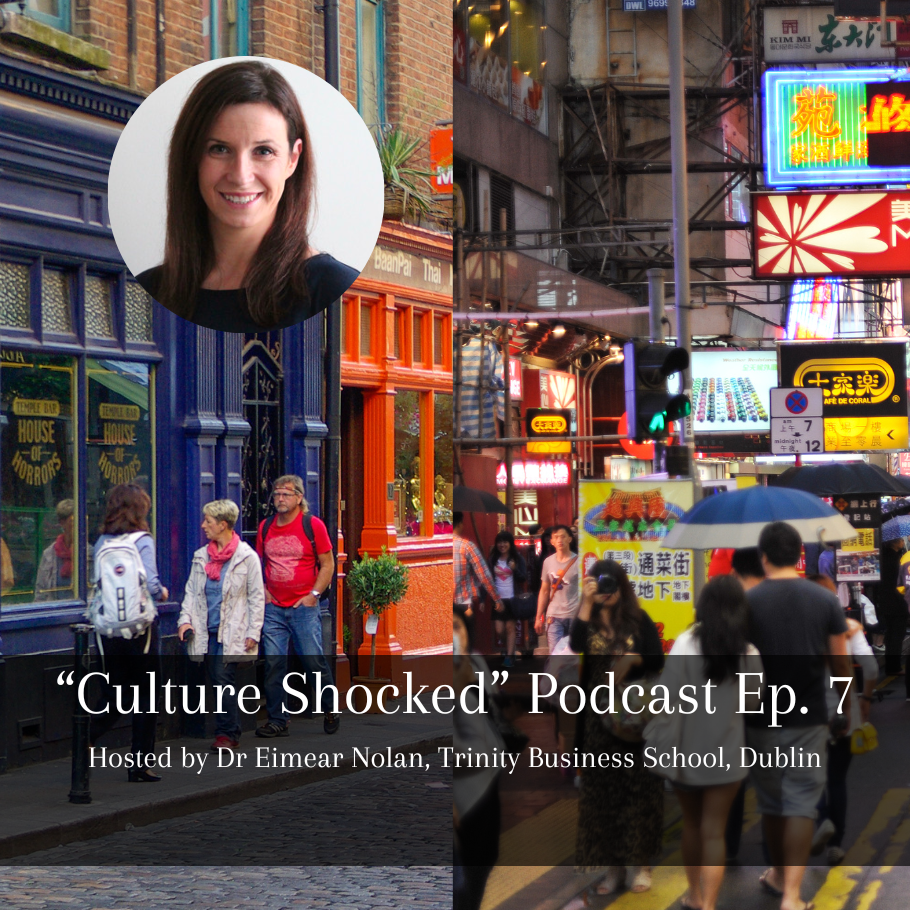Mo’s & Mobiles – Continued Questions & Insights Posted at 0:00, Thu, 4 December 2014 in Industry Insights
Following our panel discussion at our recent Mo’s & Mobiles: Growing & Cultivating Mobile Customer Engagement event in Melbourne we had additional questions that were put to our experts after the event.
Questions were addressed by: David Smith (CTO, Movember Foundation), Alice Porter (Senior Manager Mobile Apps, ANZ) and Josh Guest (MD, b2cloud).
Sitting in Australia, it’s easy to think local, going global can happen with the click of a button in iTunes connect. What are some of the considerations you make when offering your product or service to a global audience?
David Smith: Deploying globally has a lot of additional considerations and sometimes unknown implications. The obvious ones are around language support, date formats, time zones and currencies. Support for multi-byte character sets (Japanese Chinese, Thai, etc) has got easier, but ensuring that you have the correct encoding across all layers from your App and Website to Database is critical.
One of the less obvious hurdles relates to local phone carriers and the software that they pre-install on their phones. Making sure this doesn’t impact on your app is important.
In general testing time needs to increase. Checking little things like the default locale settings and making sure your app picks them up. It’s easy to get caught out.
Josh Guest: Internationalisation is key, and simply offering an App developed for a local market to international markets isn’t an effective strategy. For example when offering an App to a market that speaks another language, it’s critical to provide translation in the App. Another example is offering an App developed in Australia to the US, changing kilometers to miles is just another example. Use the example of selling a book written in English to China, translation would improve sales. It’s the same with Apps.
Alice Porter: Launching an app internationally can present challenges as it’s a more deliberate proposition to sell something in a new geography than a general web site that is published to everyone. This can mean needing to get advice on whether your organisation can trade in each region.
There is a constant barrage of new technology from wearables to beacons to connected homes. Without mass consumer adoption, how should a business deal with this change?
DS: As a technologist, innovation and change is something that excites me and I look forward to it, but from a business perspective I am always assessing what value something might bring, what are the opportunities, can we get a return on our investment. Just because we could do something doesn’t mean we should. At the same time, you may decide to be an early adopter because it is good for your brand. Prototyping and trialling to a select number of people is a good way to assess whether the technology will met the business goals.
JG: Businesses need to experiment with emerging technology. They must develop small technology trials that are shared with a closed customer group for feedback. The benefit of doing this is firstly showing the market that technology is important to the business, but most importantly building a knowledge base of the platforms and how to connect with customers on them. By being first to engage, often means a business can be first to market when a new platform is launched. Take for example Apple Watch, now is the time to experiment, then be the first to launch in early 2015.
AP: Focusing on your customer said and unsaid needs will guide you to whether an emerging technology can present a new opportunity to your business or if it will become a solution looking for a problem.
Is it possible to engage an audience throughout the year for event based Apps?
DS: It is certainly possible; the question is around how much or how often you should engage your audience. Periodic communication is good, but it’s important to have something valuable to say.
JG: Offering value throughout the year is important, but sometimes users may only want to engage when the event is relevant. As the platforms evolve every year, it’s important not to just offer the same experience, but embrace the changes in the technology. For example Android has launched Material Design as the new standard for Android Apps. So from now onwards it’s critical to update the experience of the App to reflect this modernisation, otherwise your App will look and feel stale.
What value is there looking into the mobile use in developing countries where due to lack of access a lot of people have skipped over being desktop users straight to mobile devices?
DS: For a number of developing countries, mobile is very much the primary access point. If targeting these countries, then taking a mobile first approach is a very easy decision. Understanding the local mobile network infrastructure is important, as transfer speeds may be less than local services and therefore have an impact on the design of your app.
JG: Developing countries are often the largest users of mobile. Payments and communication on mobile are a necessity in these markets, so products that offer these services should target these markets early. There is often more flexibility around the services provided as the environment is more conducive to innovation, as there is less red tape.
AP: I think the answer is in the question here, mobile has created reach where desktop computers never have. Often the volume of new users creates an opportunity to rival a more established market.
Author
Matt Smith works in MitchelLake’s Melbourne office and leads the Australian team for MitchelLake Consulting, working with an awesome team of humans who source talent across emerging technology, experience and service design, product, digital marketing, growth, data science and analytics.
Matt’s domain expertise leans towards hiring senior roles in experience and design and he enjoys the balance of working with fast growth, early stage organisations and larger scale companies going through digital transformation and the unique challenges they both bring.
Originally from New Zealand, Matt spent time living in the UK before moving to Melbourne where he enjoys playing basketball, rearing indoor plants and incredible access to some of the world’s best coffee.



